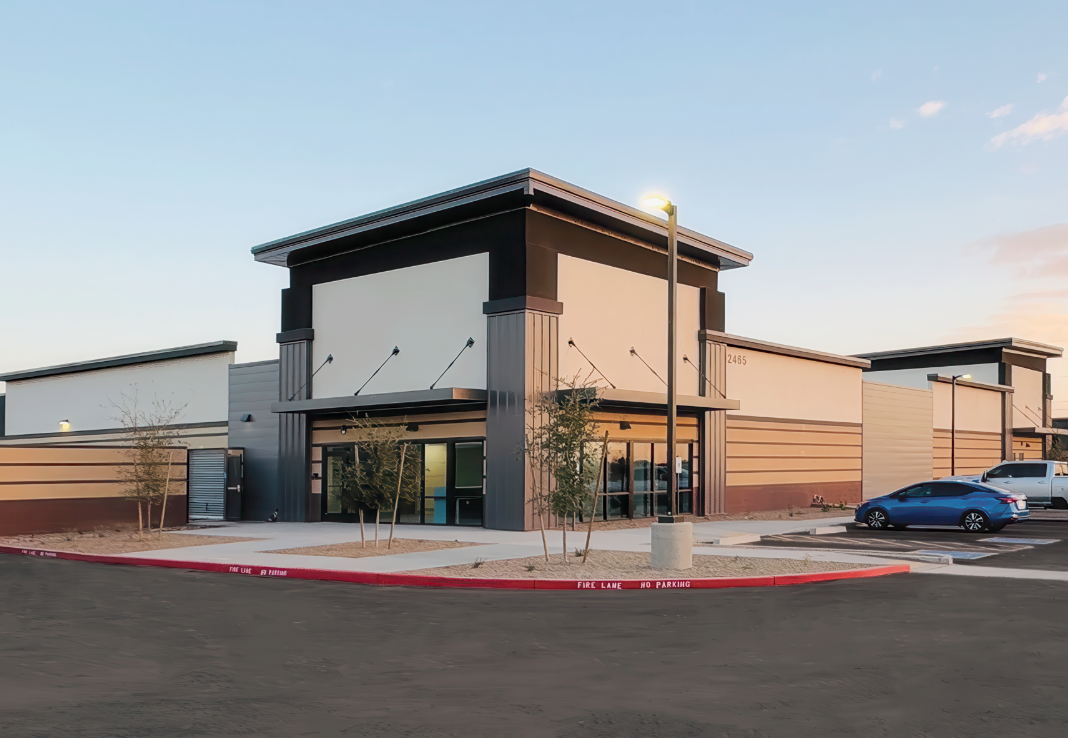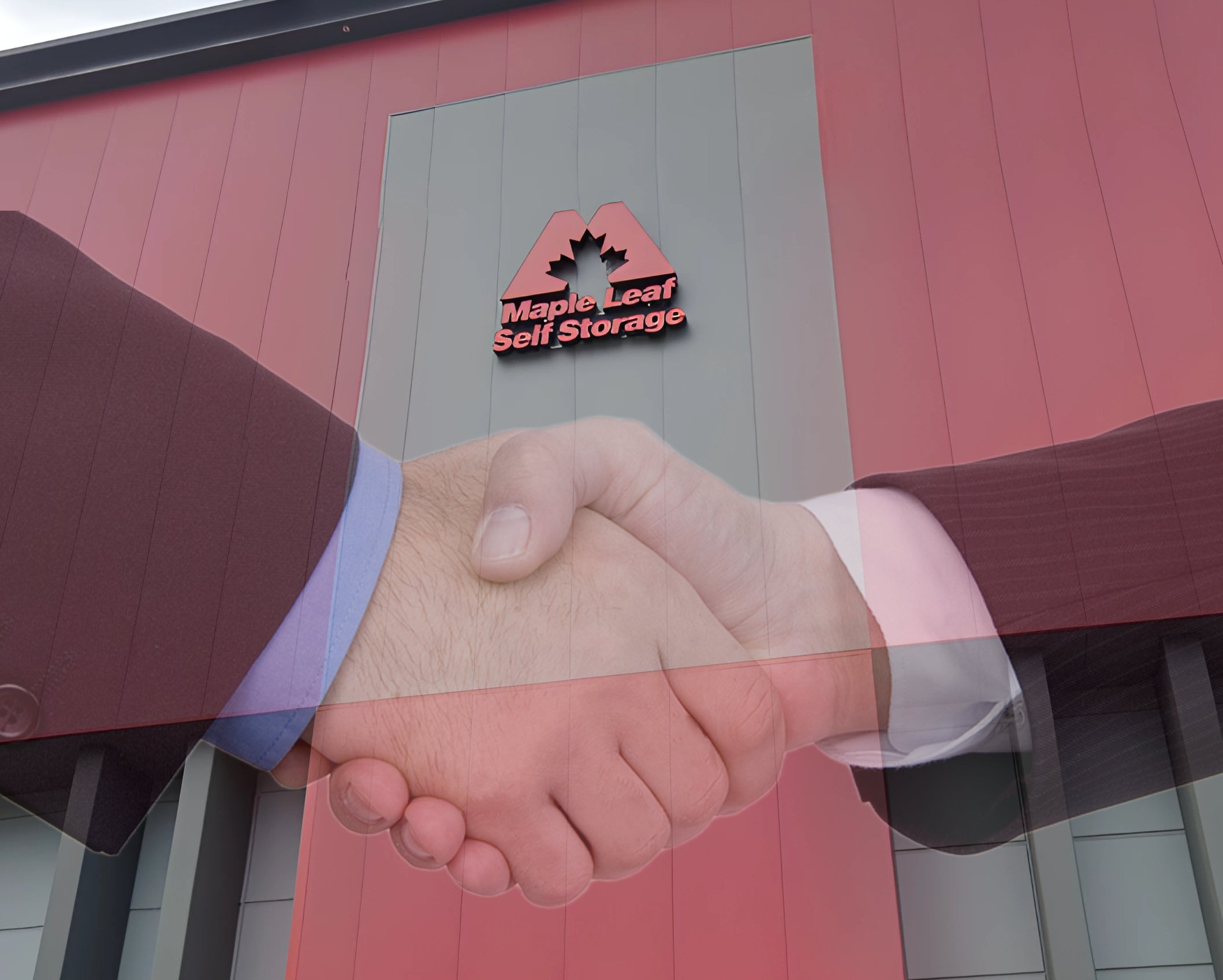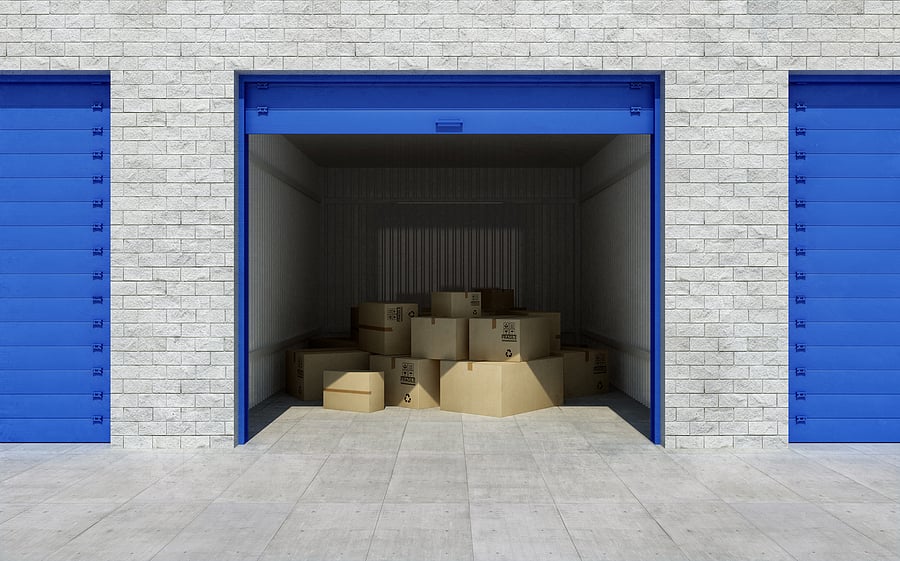Structural Integrity: Framing Systems For Self-Storage
This writing discusses the various systems of framing the structure for a self-storage facility. Simply put, this is the skeleton or backbone of the building that holds the integrity of the structure together, supports the weight, resists forces such as wind, hurricanes, or earthquakes, and transfers those loads down to the foundation.
It should be noted here that the building’s exterior walls may or may not be an integrated part of the structural system. In some cases, these walls are simply applied and decorative; in other cases, they are an integral part of the structural support system itself. Each project must be evaluated on its own to determine this question.
This author has been in the business of constructing these types of facilities for over 40 years and has seen virtually every system utilized. This dates to the earlier days when pioneering developers adapted systems originally designed for other types of construction and applied them to these buildings. These systems soon proved to be less efficient and less friendly to this type of product and were eventually replaced with designs that were of better use for this intended purpose.
LIGHT GAUGE FRAMING
The most common and widely utilized type of framing system for self-storage that has been used for many years, and is still used today, is light gauge steel framing. There have been a few minor variations on this, but they utilize the same types of parts and pieces to accomplish this design. These pieces are variations of steel shapes such as C-, Z-, or U-shaped pieces. These pieces start out as flat steel in a coil. They are decoiled, then cut to the correct width, and run through a series of rollers on a machine that slightly bends them with each roller to the desired shape. This is done without heating the steel, so it is referred to as cold rolled steel. One of the variations in this system is related to whether it’s a single-story or multistory project.

In a single-story building, the light gauge framing type that is most commonly utilized is referred to as post and purlin. This is the most efficient system and allows for rapid framing. To accomplish this, a light gauge steel column is placed approximately every five feet across the building at the narrow direction (or what we would refer to as the transverse direction), and then a row of columns is placed at every approximately 10 feet as you go down the length of the building (or what we would refer to as the longitudinal direction). Thus, you have a 5-foot-by-10-foot grid pattern for the columns. Then, a roof support purlin is installed and attached to the top of the columns every 10 feet. The roof purlins are typically continuous over at least two of the columns plus some extra length so that they overlap with each other at the ends. So, a purlin would be about 22.5 feet or so, spanning over two rows of columns; and when the next purlin overlaps that one, they are attached together. This system makes for an extraordinarily strong framing unit. The interior partitions that separate one unit from the next unit are typically a corrugated type of metal sheeting. This sheeting is installed horizontally and attached to each of the vertical columns. These interior walls create sheer strength. This assembly resists the forces of wind, etc. This system is also attached to the exterior walls, whichever material they may be constructed of, such as metal, cinder block, tilt walls panels, or others. To create the slope of the roof, the height of the columns is adjusted so that the roof purlins vary in height and create a slope for the roof to attach to and have a pitch to the roof for water to drain off properly.

A similar system can be utilized to frame a multistory building with some changes. This same type of system utilizing larger and heavier columns and purlins can be used to frame as tall as a three-story building. While some metal framing companies utilize this system, the more common system used is what we refer to as a load bearing system. This system utilizes a base C track, vertical columns spaced more closely together, and then a top C track. Then a floor decking is run over the top of these walls, spanning 10 feet from load bearing wall to load bearing wall, and attached to the top of the wall.

This decking is referred to as a composite deck, which means that it has nodules shaped into the deck, so that when the concrete is poured on top of it, it hooks into the nodules and makes it a complete system. This floor deck, combined with the concrete floor, creates a diaphragm used to resist forces again such as wind, earthquakes, etc.
With the load bearing system, the lowest level will have larger, thicker columns placed more closely together. With each floor that you go up, the columns get lighter and space out further apart. This is due to the combining of weight from above, not only for the framing system itself, but also for the weight that must be supported on the floors. In self-storage, the required weight to be designed for on the floors for live load (things that people place in the unit and store there) is 125 pounds per square foot. This is more than double the weight of support required for a typical office building. To make space for the hallways or corridors, headers are installed from load bearing wall to load bearing wall across this opening. In other words, the load bearing walls stop and start on each side of a corridor. The top floor of the building where the roof is to be installed is normally always framed utilizing the 5-foot-by-10-foot grid framing system described previously. This system is utilized on buildings up to five stories high.

It should be noted that most buildings utilizing this type of system install a standing-seam metal roof. The minimum pitch required for most standing seam roofs is one quarter of an inch of rise for each foot of travel. So, for example, a 30-foot-wide building would be 7.5 inches taller on the high side of the roof compared to the low side of the roof. A screw down type of roof is normally a minimum of one inch of rise for each foot of travel, therefore a 30-foot-wide building would be 30 inches taller on the high side, or 22.5 inches higher than the standing seam roof would require.
RIGID FRAME METAL BUILDING
To get a better picture of this type of building, think of an airplane hangar. This type of building has a big rigid frame which serves as the backbone. These rigid frames are typically spaced about every 25 feet apart. Then secondary framing members are attached to these rigid frames and that is what the exterior walls metal sheeting and the roof are attached to. What you create with this building is a large open floor where you install the storage units.

While this building is not necessarily any less expensive to construct, the only real advantage is that the storage units could be removed later, and the building could be used for a different purpose. In my 39-plus years of experience constructing these facilities, I have rarely seen this done. In this type of structure, you would be installing what would be akin to a conversion type of storage unit system. These are normally just vertical metal sheeting for the walls with a wire mesh over the top of the units to prevent unit renters from easily gaining access to the adjacent units.

However, there are some distinct disadvantages to this type of structure. Most of these buildings are constructed with a screw down type of roof. The buildings are normally large; and due to pitch required for the roof, this typically creates a large void open area up at the ceiling. Most of these buildings are climate controlled because they have indoor units, which means that you are climatizing this large void—heating it in the winter and cooling it in the summer. This can add significant requirements for additional HVAC systems and increase the cost of running them.

CAST IN PLACE CONCRETE
This system is not widely used in the self-storage industry due to it being more expensive compared to other systems described herein. Where this is sometimes utilized is in taller-than-normal buildings, such as seven-story buildings or higher.

The current building code allows for a building of this type to be built up to four stories, after which the entire structure must be fire rated. This is quite expensive and requires other use of a light gauge framing system, which also adds to the cost. To avert this, some building or fire authorities will allow you to pour a concrete pedestal and then utilize light gauge framing for the floors above, up to four stories. So, for example, a six-story building might have a two-story concrete pedestal with four floors of light gauge framing above.

CLASS A STRUCTURAL
To understand this type of structural framing, think of a typical office building being constructed. This consists of a series of columns, beams, and bar joists. This type of system is rarely used for construction of self-storage. While this works well for an office building, it is not ideal for self-storage due to the required loads for storage being much greater. This requires much larger, heavier members to carry these loads.

Furthermore, the open web bar joists create voids between units that are difficult to secure. This would typically require building each floor much taller than normal and installing a conversion type partitioning system with a wire mesh ceiling as previously described. One thing to keep in mind is that any building of this nature will require fire sprinklers. This holds true for most of the buildings described herein. Each fire sprinkler head has maximum coverage area, and you must have at least 18 inches from the sprinkler head to the highest point that tenants can store to fully utilize it. This further requires the added height to the building to allow for the sprinkler system to function at maximum efficiency.

10-BY-10 GRID FRAMING SYSTEM
This system has been around for a few years now, however not nearly as long as the light gauge framing system. This system utilizes hot rolled structural columns on a 10-foot-by-10-foot grid. Each column slips into the column from the floor below. The purported advantage of this system is that it is supposed to be faster to construct.

If constructed tall enough, it can also allow the use of maximum coverage of the sprinkler heads. This system typically utilizes a conversion type unit product. Again, this conversion type unit assembly utilizes vertical partitions with a small channel on the bottom and top with a wire mesh screen over the top of the units. From my experience, I am not convinced that this system is faster to construct, nor do I believe that it is more cost effective than a light gauge framing system.

WOOD FRAMING
In the early days of the industry, and for a while beyond, some developers utilized conventional wood framing like you might see in a house or small office building. This was normally utilized in single-story buildings. With this system, you would frame the body of the building with wood studs and use engineered wood trusses to create the roof framing. These buildings also typically had a shingle roof like you would see in a house.

This is outdated and is the least desirable type of framing for a self-storage building. The wood can rot, and it is a target for insects such as termites. In addition, wood framing is more expensive to insure due to the potential for fire and burning the building down. Developers who used this type of framing would use many materials to create unit divider walls such as plywood, sheetrock, etc. I have seen chain link fencing used as a divider between the units. In my opinion, this type of framing system has no place in modern self-storage construction.
I hope that this information has been helpful. Happy developing and best wishes for successful projects!
–
Charles Plunkett is the CEO of Capco Steel, Inc. and Capco General Contracting.
More Content
Popular Posts
The self storage industry is in a precarious...
Joe Shoen, CEO of U-Haul, has had enough.
Like its name implies, Surprise, Ariz., a...
Joe Shoen has had enough.
In a record-breaking deal finalized May 12,...
Senate Bill 709 (SB709) has many in the...
Donald Trump has just reclaimed the White...
The question of “abandonment” of stored...
Self-storage operators wear a lot of hats....
In 1992, Clinton strategist James Carville...
Recent Posts
When Neville Kennard left for a work trip to...
Self-storage software is no longer...
The self-storage industry continues to...
Fires in California. Tornadoes in Kansas....
From policy pivots in Ottawa to tariff...
Self-storage operators have struggled to...
Their signature red coats may draw attention...
Nailing down Josh and Melissa Huff for an...




















